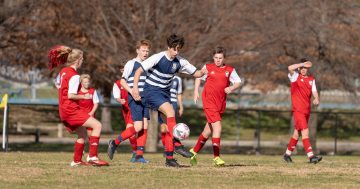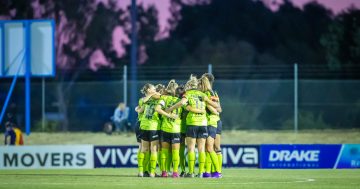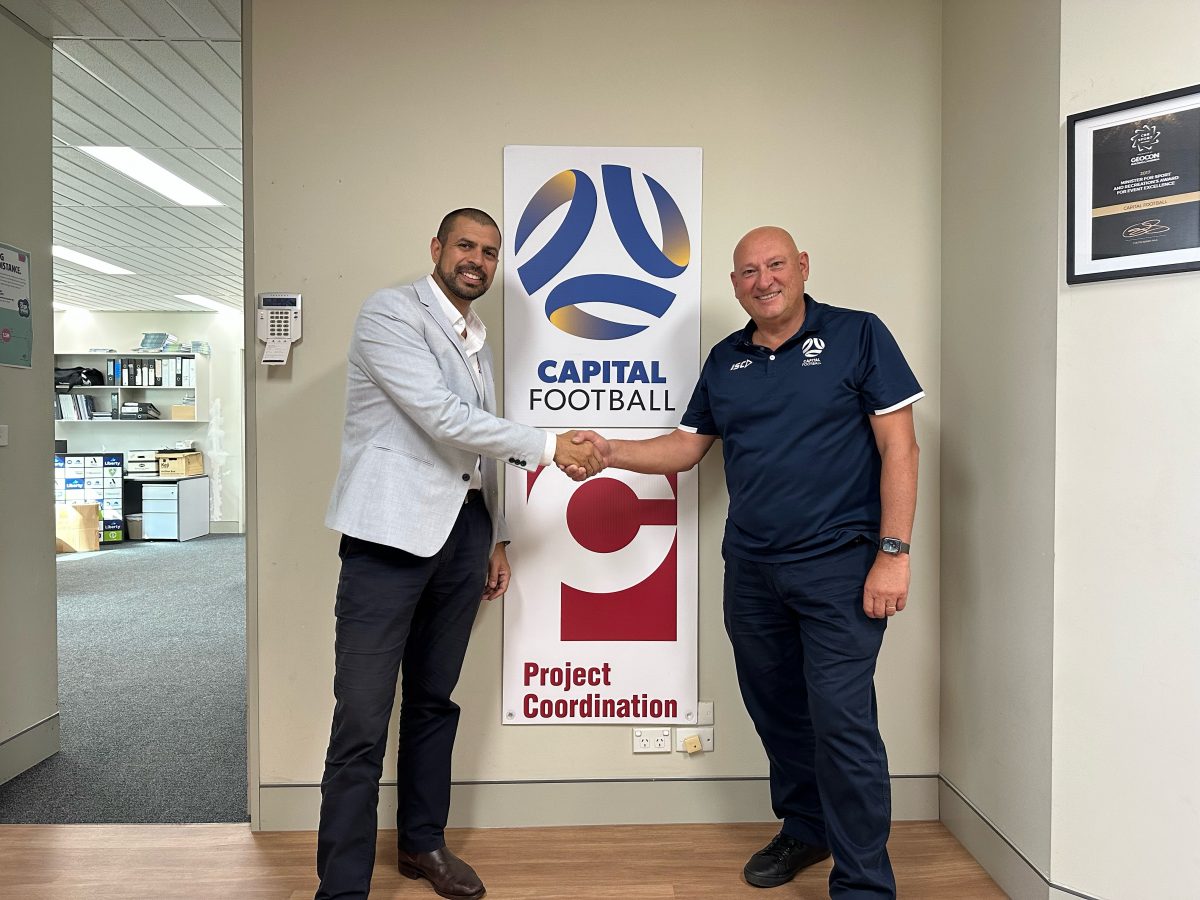
Managing Director of Project Coordination Gavin Murphy with Ivan Slavich, CEO of Capital Football. Photo: Supplied.
Newly minted Capital Football CEO Ivan Slavich has hit the ground running in his quest to lift the professionalism of the code in Canberra.
Slavich, a renowned deal-maker, has signed Project Coordination as the major sponsor for the Capital Football Junior League.
In reality, it’s a no-brainer, with the Junior League boasting 7000 players in the 12 to 18 year age bracket.
For the managing director of Project Coordination Gavin Murphy, the sponsorship has a personal connection as he played football from age five to 35.
“For us to enter what is a significant partnership to support the sport I grew up playing, my dad grew up playing, and now my daughter is playing in the under 15s, certainly feels like a great thing to do,” Gavin says.
It’s a significant sponsorship from a company in the construction game, given the challenges the industry is currently facing.
“It has been a tough time for us, but we have been fortunate enough to navigate our way through,” says Gavin.
“Things are still very tight, but when we look around we see that many community organisations are doing it even tougher.”
The sponsorship will focus on supporting player development, referee training, coach development, clinics and resourcing at Capital Football to improve outcomes for junior football.
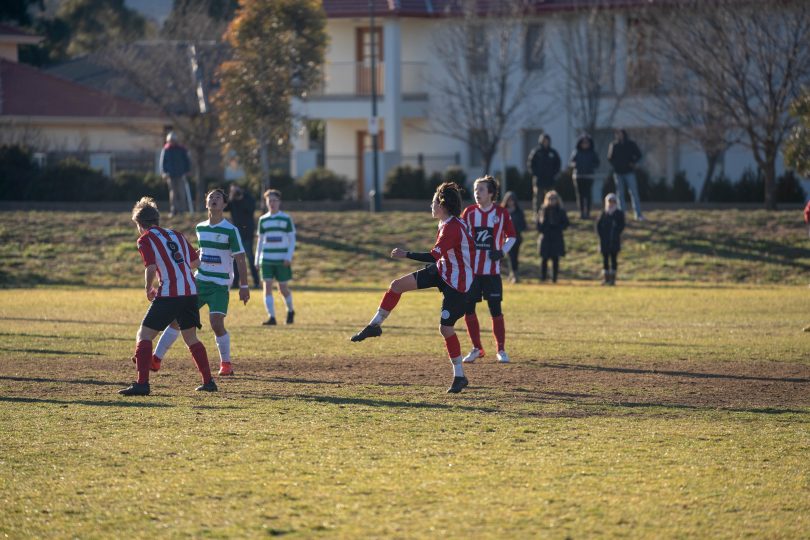
Canberra is home to junior football. Photo: File.
This is music to the ears of Ivan Slavich who, apart from declaring the agreement to be the number one community sponsorship deal in the city, has long held the view that football has been the sleeping giant in Canberra sport.
“It’s a really important age group for development – the under 12s to under 18s,” says Ivan.
“This sponsorship is vital to assist across a range of areas, including player, coach and referee development. It fits into my goal of lifting the professionalism of football in Canberra.”
This is understandable given the prospect of an A-League Men’s team in Canberra to fit alongside the Canberra United Women.
The pathway system has never been more important.
Aside from the potential A-League Men’s team on the horizon, there is the Women’s World Cup legacy funding from Football Australia to promote women’s football in Canberra.
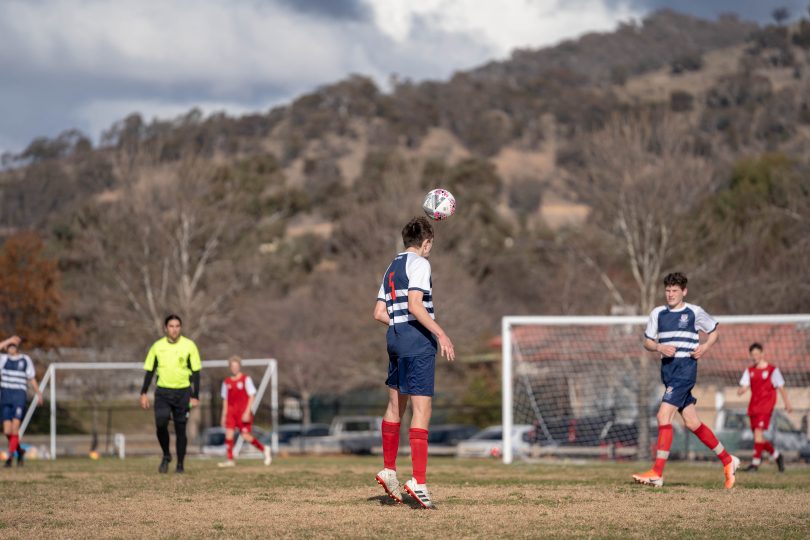
Kanga Cup will be held from 2 to 7 July this year. Photo: File.
And let’s not forget the Kanga Cup, from 2 to 7 July this year. It is the biggest youth football tournament in the southern hemisphere, with 350 teams in action. While it can be visualised as organised chaos at times, with players everywhere across the landscape, it enhances the city’s football reputation.
Football can no longer be called the sleeping giant of Canberra sport.












